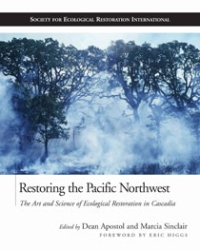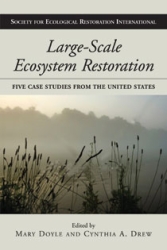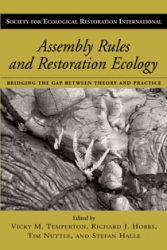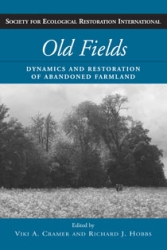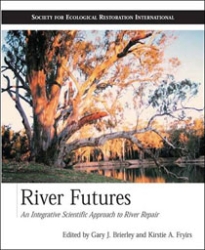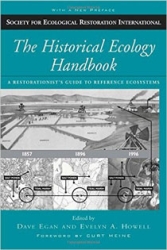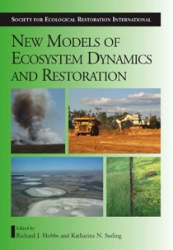Restoring the Pacific Northwest
The Art and Science of Ecological Restoration in Cascadia
The Pacific Northwest is a global ecological "hotspot" because of its relatively healthy native ecosystems, a high degree of biodiversity, and the number and scope of restoration initiatives that have been undertaken there. Restoring the Pacific Northwest gathers and presents the best examples of state-of-the-art restoration techniques and projects. It is an encyclopedic overview that will be an invaluable reference not just for restorationists and students working in the Pacific Northwest, but for practitioners across North America and around the world.

